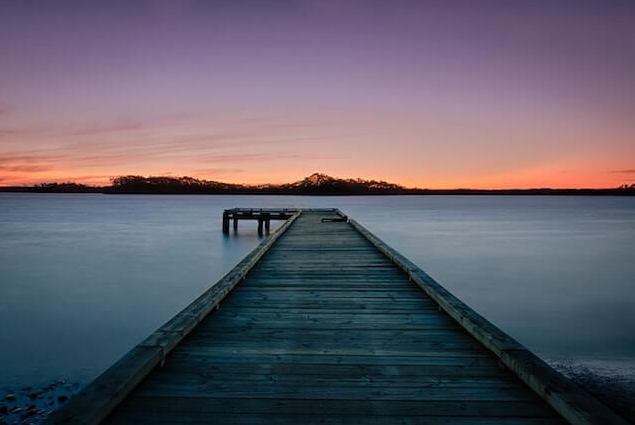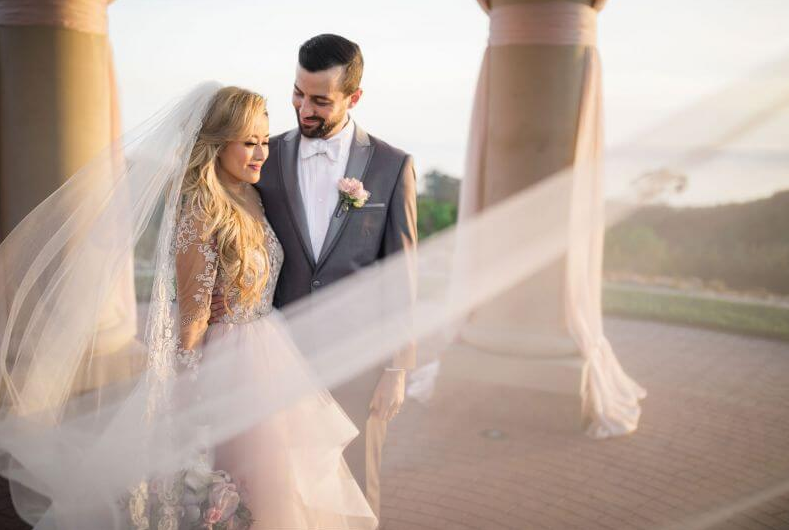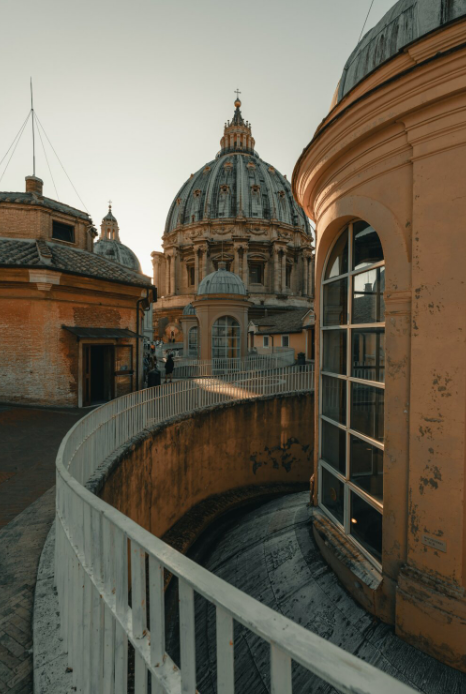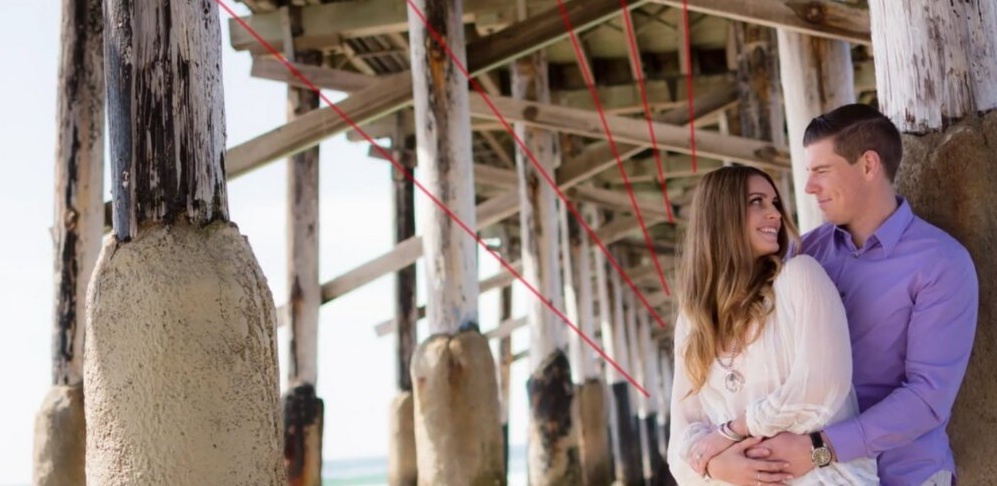Leading lines in photography are the lines that draw the eye of the viewer into a scene. Leading lines can either be real lines like fences or paths, or implied lines like the edge to a horizon. Leading lines can create depth, perspective and be used as a compositional tool.
It’s crucial to think about where you’d like the viewers’ eye to be directed when using leading lines. Lines should be drawn towards the main part of an image. This could either be the focal point or the subject. You can use leading lines to add tension or movement in your image. For example, you could lead from the corner of the picture towards the top.
Leading lines can be used by photographers to build strong compositions. Understanding how to effectively use leading lines can help you add another layer of impact and interest to your photographs.
Use Leading Lines to Improve Your Photography
Here are some tips on how to use leading lines in your photos now that you know what they are.
Discover how to recognize leading lines on any scene
You need to train your eyes on how to recognize leading lines. You can find them in nearly every scene. They can be obvious or subtle. Following are some common situations where you will see leading lines.

The Vanishing Points of Roads
Photographers often use vanishing point to capture leading lines. A vanishing-point is a point where parallel lines meet on the horizon. Our eyes follow the lines in a landscape until they disappear into the distance. The illusion is created of perspective and depth. You can use vanishing points to produce dramatic photos with an impression of scale. Photographers can use a strong disappearing point to make subjects seem small in comparison with their surrounding. To create a vanishing-point effect, the photographer must consider both the location of the camera as well as the composition of the shot. They can then create stunning images with a strong emotional impact.
The Leading Lines of Train Tracks
Train tracks can be used to create leading lines for compositions in photographs, just as they are often used on roads and highways. As you can see from the following example, train tracks are either straight or winding. Notice how in the picture below the train tracks lead into the lower left corner.

Architecture in Spiral Staircases
Photographers can also use spiral staircases as a leading line element. Place your subject at the bottom of the spiral staircase to draw the viewers attention.
Leading Lines with Rails & Other Urban Elements
Leading lines are a common feature in urban photography. Search for architectural features such as railings, stairs, or other elements. Light and shadow can create lines.

Create leading lines
As a photographer, it is also possible to create leading lines using elements held up next to the camera. If you are a wedding photogrpaher, for example, you could hold the veil to the camera and make it descend into the bride. This will lead the viewer directly into your subject.
You can use any object to create the effect shown above. Be creative! Use natural elements like trees or lights to create your own.

Mix this composition with other
Compositions are made even more intriguing when multiple compositional creative elements are combined in one photograph. In the photo below, for example, the photographer managed to capture leading lines, negative spaces, and symmetry all in one photo.
Multiple compositional elements combined can transform an ordinary photo into one that has a high impact. It’s up to you to be able to spot the right opportunities, and to put the work in to get them.

The conclusion of the article is:
In photography, leading lines can be an effective compositional tool. Leading lines are elements in a photograph that draw the viewer’s eye to the subject. Leading lines can be in many forms, including roads and railroad tracks as well as fences and walls. Leading lines, when used properly, can create an illusion of movement and depth, and draw the viewer in. They can also be used to emphasize an element or frame a specific subject. It’s not surprising that photographers use leading lines as a compositional tool because they offer so many options. Next time you are out taking pictures, be sure to look for leading lines. They can make a huge difference in your photos.